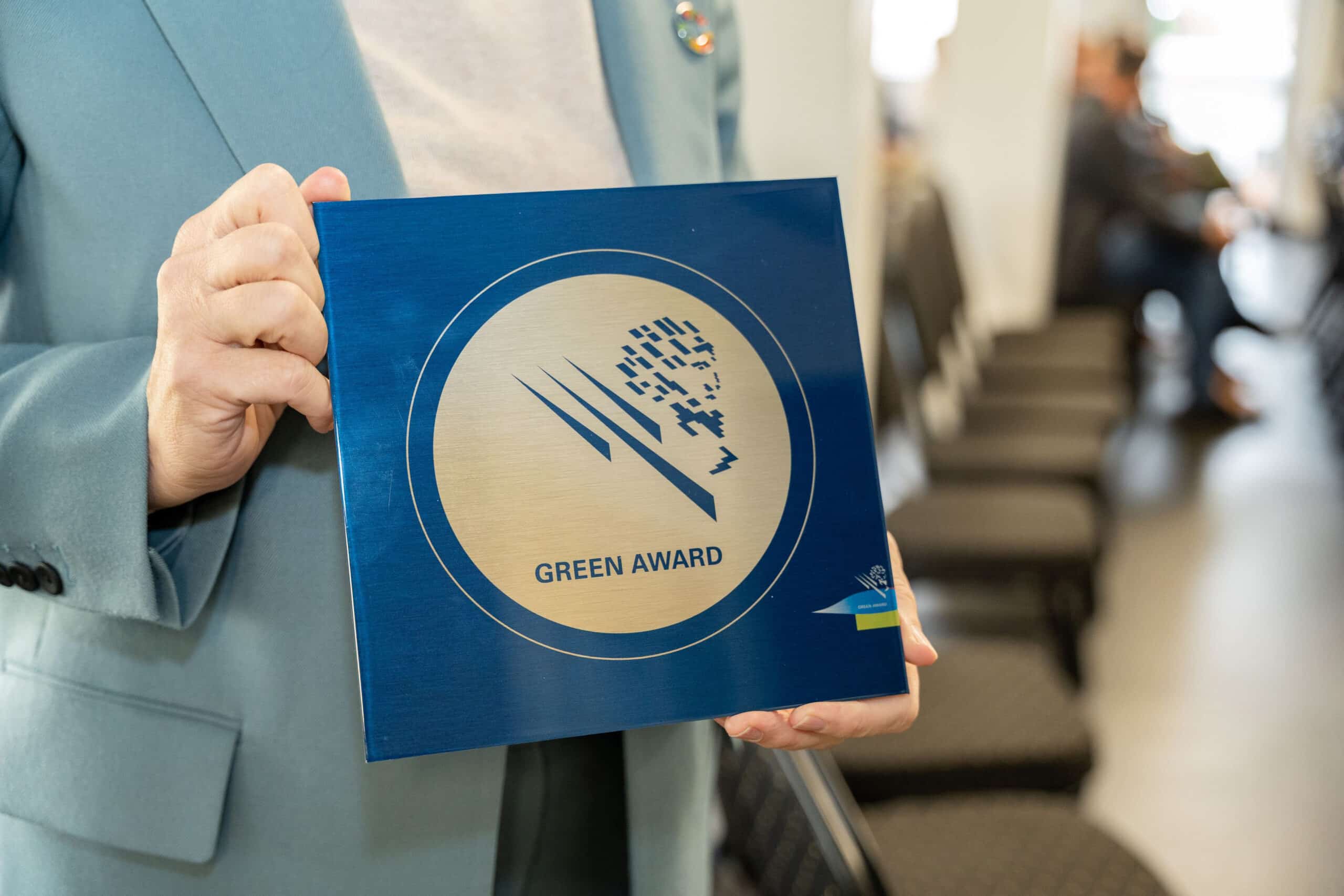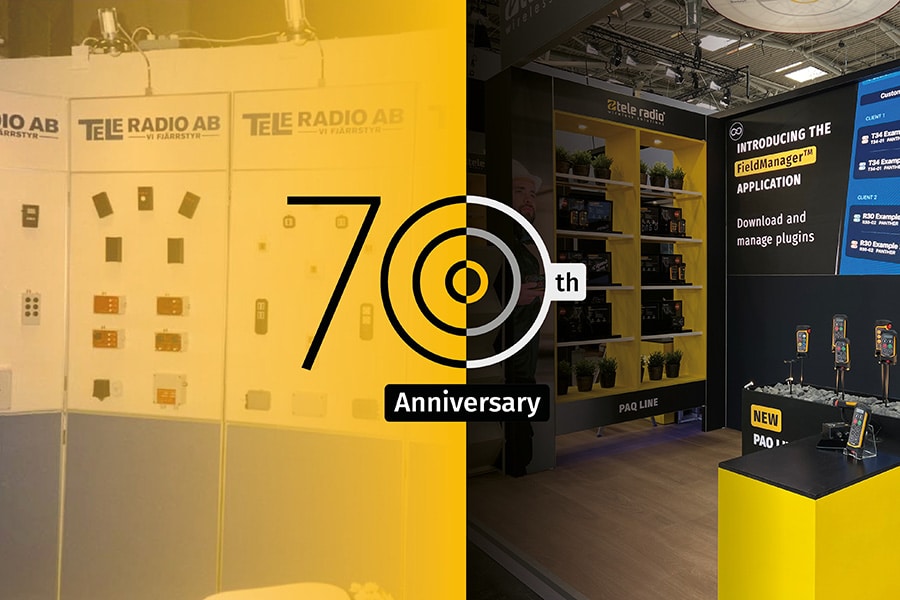
Nature-inclusive Amstel River Bridge opened
Amsterdam has gained a new bridge, and a nature-inclusive one at that. On May 31, the Amstel Stream Bridge over the Duivendrechtsevaart was officially opened by Alderman Van Doorninck (Spatial Planning and Sustainability), and Remco Hoeboer on behalf of the Mobilis - Van Gelder combination. The bridge, a design by VenhoevenCS architecture+urbanism in collaboration with SMARTLAND landscape architects, forms the entrance from the A2/A10 to the Amstel Quarter and is also an important link in Amsterdam's ecological network. A graceful bridge that is an important link for the new neighborhoods in Overamstel, a safe place for pedestrians and cyclists, as well as a green shelter for bats, birds, fish and insects: the nature-inclusive Amstel Stream Bridge brings nature, city and people together.

Ecological incorporation
The bridge is located in the Amstel Quarter (part of Overamstel), a piece of the city in the process of being developed, and at the tip of the green Amstelscheg and will grow to 10,000 inhabitants in the coming years. The challenge was to design a functional bridge for cars and slow traffic that at the same time is part of the city nature and connects it to the Amstelscheg. All this to stimulate the city's biodiversity. From the first design phase, ecological aspects were integrated into the design. The green median strip between the lanes with native flower-rich herbs attracts bees and butterflies and gives the bridge a friendly appearance. Nesting opportunities for those bees are included in the brick walls and pylons. But above all, the bridge contains many hiding, nesting and sleeping places for larger animals. For example, the concrete center piers contain maternity chambers for bats, pillars and edges contain nesting boxes for 10 species of birds, such as kingfishers, various swallows, tits, sparrows, wagtails, starlings and jackdaws. Between the underwater piers, cages of dead "river wood" and landforms provide habitat for fish and mussels. The community requested provisions for animals; we went a step further in the design: the bridge now houses at least 20 local animal species.

"This bridge is not only an important milestone for the accessibility of the neighborhoods of Overamstel, but also an inspiration for how we can give biodiversity a place in bridges and sustainable urban development." - Alderman Marieke van Doorninck, Alderman for Spatial Development and Sustainability)
Strong, slim and finely detailed
Strong bridge abutments combined with a slender silhouette, the use of red brick in the underpass and for the pylons, and original detailing allude to the rich tradition of Amsterdam bridges and in particular to the architecture of the Amsterdam School. The passage under the bridge is accompanied by an undulating pattern in the masonry. The bridge also has the exceptional recesses in the central median that allow sunlight to penetrate under the bridge deck. This creates a socially safe and attractive dwelling place for pedestrians, and gives the houses on the banks free sight lines to the water. In addition, the vertical connection between bridge deck and water surface makes it easier for birds and insects to move around.




"The Amstel Stream Bridge is a great example where ecology, the use of sustainable materials and concrete technology are integrated in a beautiful way." - Remco Hoeboer, Mobilis managing director
Sustainable and future-proof
All materials used for the Amstel Stream Bridge are high-quality, durable, recyclable and low-maintenance, and will only become more beautiful with time. Moreover, the bridge can be adapted if developments in infrastructure demand it. A nature-inclusive bridge for the people and animals of today, designed for the future: with the Amstel Stream Bridge, the team has delivered an ecological masterpiece in the middle of an emerging Amsterdam neighborhood.
Heeft u vragen over dit artikel, project of product?
Neem dan rechtstreeks contact op met Mobilis.
 Contact opnemen
Contact opnemen



